In the realm of modern architecture, glass has transcended its traditional role as a mere window to the outside world. Today, it serves as a versatile material that enhances both the aesthetic and functional aspects of buildings. From stunning facades that reflect the environment to intricate interior designs that create a sense of space and light, architectural glass has become an essential component in contemporary construction. In this blog, we will explore the multifaceted uses of architectural glass, with a special focus on the innovative products offered by Zhongbo Glass Co., Ltd., a national high-tech enterprise specializing in the research, design, and manufacturing of special glass and large-scale glass deep processing products.
The Development of Architectural Glass
Traditionally, glass was mainly utilized for windows, enabling natural light to flow in while serving as a protective barrier against the elements. However, technological advancements and innovative design have greatly broadened its range of applications. Today, architectural glass is used in various forms, including:
Curtain Walls: These non-structural cladding systems are designed to resist air and water infiltration while allowing natural light to penetrate deep into the building. They are often made from large panels of glass that can be customized in terms of size, shape, and color.
Glass Canopies: These structures provide shelter while maintaining an open and airy feel. They are often used in commercial buildings, shopping centers, and public spaces to create inviting entrances.
Partition Walls: Glass partitions are increasingly popular in office spaces, allowing for the division of areas without sacrificing light or openness. They can be frosted, tinted, or clear, depending on the desired level of privacy.
Skylights: These installations bring natural light into interior spaces, reducing the need for artificial lighting and enhancing the overall ambiance of a room.
Glass Flooring: Used in high-end residential and commercial spaces, glass flooring creates a unique visual effect and can even be used to showcase features below, such as art installations or water features.
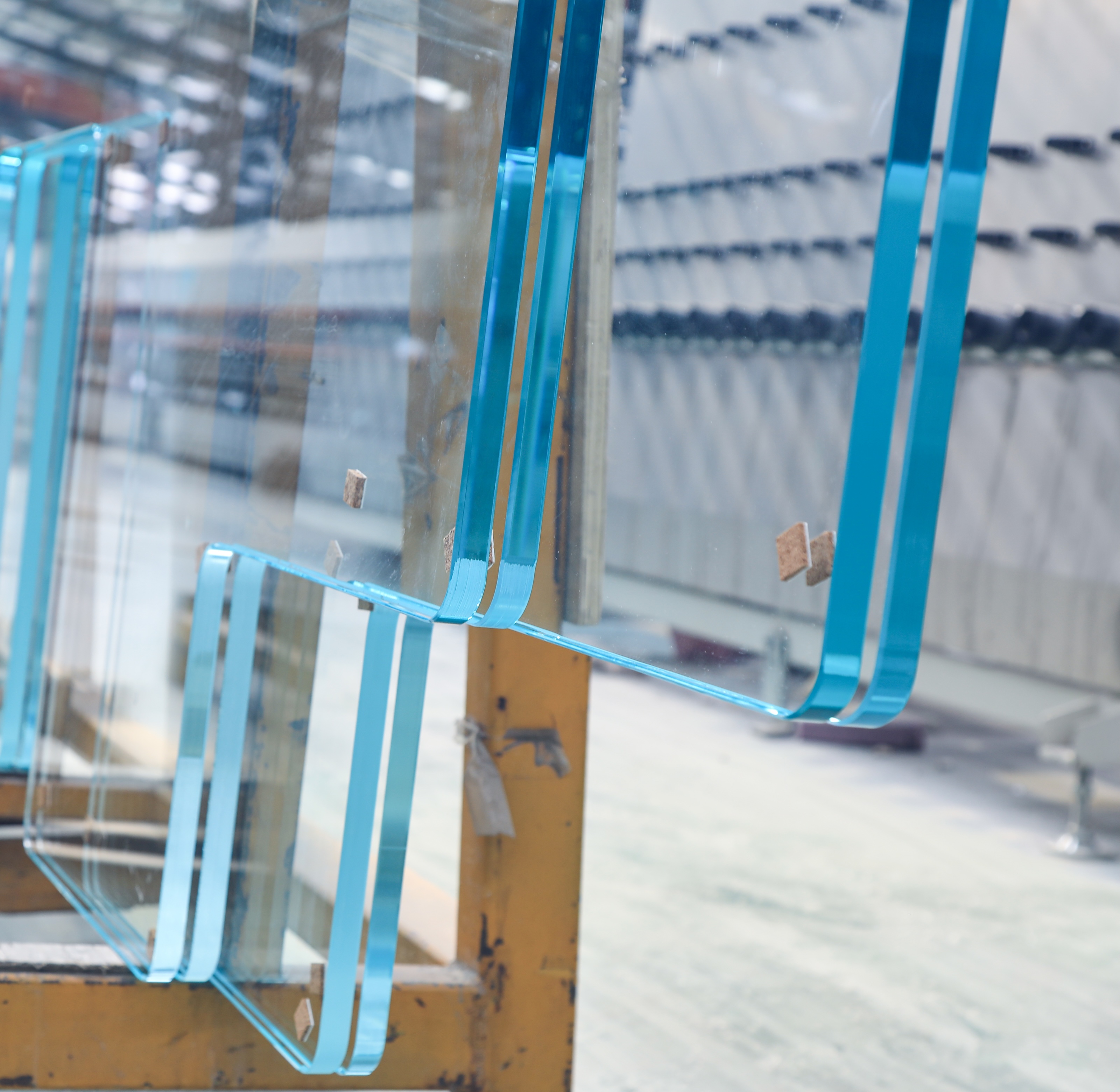
The Role of Zhongbo Glass Co., Ltd.
Zhongbo Glass Co., Ltd. stands at the forefront of this glass revolution, offering a wide range of products that cater to the diverse needs of architects and designers. As a national high-tech enterprise, Zhongbo is committed to innovation and quality, ensuring that their products not only meet but exceed industry standards.
Special Glass Products
Zhongbo specializes in various types of architectural glass, each designed with specific characteristics and applications in mind:
Low-E Glass: This energy-efficient glass is coated with a thin layer of metal oxide that reflects heat while allowing natural light to pass through. It helps in reducing energy costs by maintaining indoor temperatures, making it ideal for both residential and commercial buildings.
Laminated Glass: Composed of two or more layers of glass bonded together with a plastic interlayer, laminated glass offers enhanced safety and sound insulation. It is commonly used in areas where security is a concern, such as storefronts and high-rise buildings.
Tempered Glass: This type of glass is heat-treated to increase its strength and resistance to thermal stress. It is often used in facades, doors, and windows, providing safety and durability.
Insulated Glass Units (IGUs): These units consist of two or more panes of glass separated by a spacer and sealed to create an insulating barrier. They are essential for energy efficiency and are widely used in residential and commercial applications.
Smart Glass: An innovative product that can change its transparency based on electrical stimuli, smart glass offers dynamic control over light and privacy. It is perfect for modern offices and luxury homes, allowing for customizable environments.
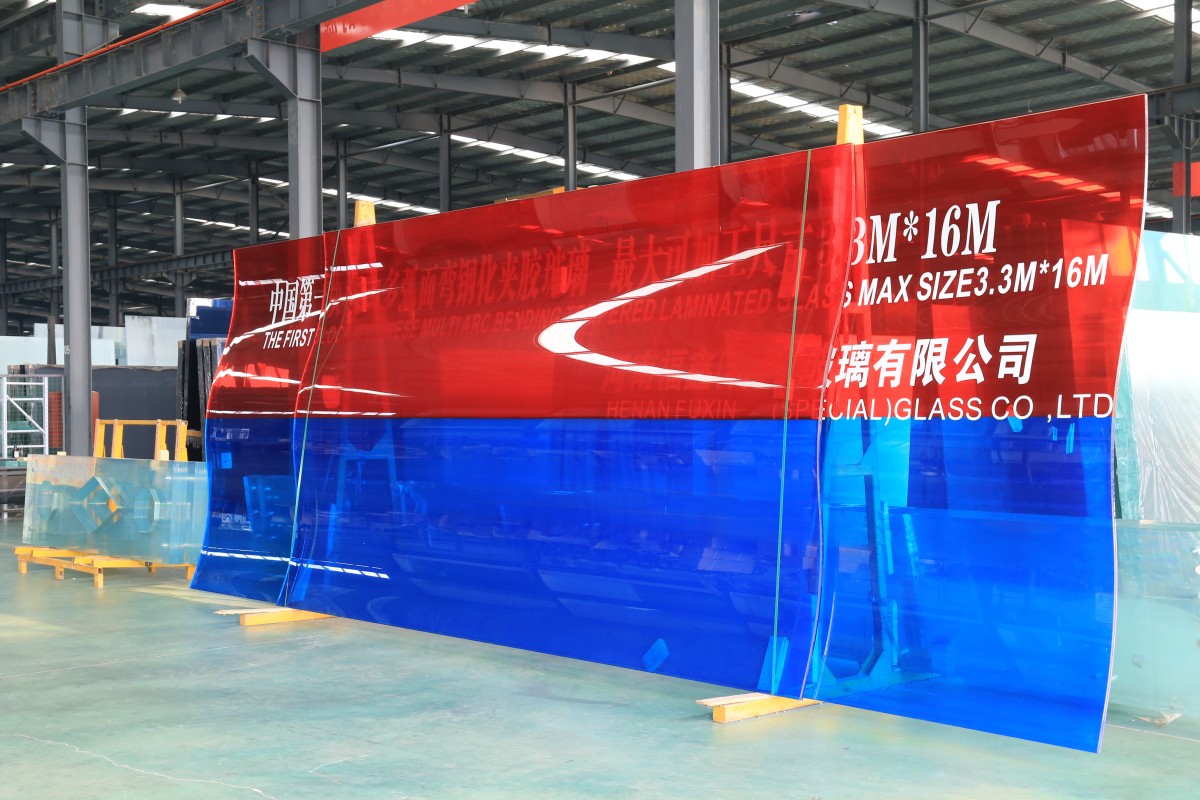
Applications of Architectural Glass
The versatility of architectural glass allows it to be used in a myriad of applications, enhancing both the functionality and aesthetics of spaces. Here are some notable uses:
1. Commercial Buildings
In commercial architecture, glass is often used to create striking facades that attract attention and convey a sense of modernity. The use of large glass panels can create a seamless connection between the interior and exterior, promoting transparency and openness. Zhongbo's curtain wall systems are particularly popular among architects for their ability to create visually stunning and energy-efficient buildings.
2. Residential Spaces
In residential architecture, glass is used to create light-filled spaces that enhance the quality of living. Skylights and large windows can transform a home, making it feel more spacious and connected to nature. Zhongbo's insulated glass units are ideal for residential applications, providing energy efficiency and comfort.
3.blic Spaces
Architectural glass plays a crucial role in public spaces, such as airports, museums, and shopping centers. Glass canopies and partitions create inviting environments while allowing for easy navigation and flow. Zhongbo's laminated glass products are often used in these settings for their safety features and aesthetic appeal.
4. Interior Design
In interior design, glass is used to create focal points and enhance the overall aesthetic of a space. From glass staircases to decorative glass walls, the possibilities are endless. Zhongbo's custom glass solutions allow designers to bring their visions to life, whether it's a unique art installation or a functional partition.
The Benefits of Using Architectural Glass
The use of architectural glass offers numerous benefits, making it a preferred choice for architects and builders alike:
Natural Light: Glass allows for the maximum influx of natural light, reducing the need for artificial lighting and creating a healthier indoor environment.
Energy Efficiency: With advancements in glass technology, energy-efficient options like low-E and insulated glass units help reduce heating and cooling costs.
Aesthetic Appeal: Glass adds a modern and sophisticated touch to any building, enhancing its overall design and curb appeal.
Versatility: Architectural glass can be customized in terms of size, shape, color, and finish, allowing for endless design possibilities.
Safety and Security: With options like laminated and tempered glass, safety is a top priority. These products are designed to withstand impact and provide protection against break-ins.
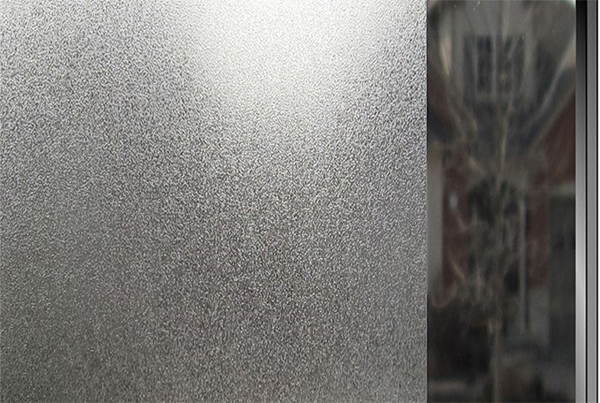
Conclusion
As we have explored, architectural glass has evolved into a multifaceted material that plays a crucial role in modern architecture. From facades that define the skyline to interiors that inspire creativity and comfort, glass is an indispensable element in contemporary design. Zhongbo Glass Co., Ltd. stands out as a leader in this field, offering innovative products that cater to the diverse needs of architects and designers.
Whether you are looking to create a stunning commercial building, a cozy residential space, or an inviting public area, architectural glass provides the perfect solution. With its numerous benefits and applications, it is clear that glass will continue to shape the future of architecture for years to come. Embrace the possibilities that architectural glass offers and transform your spaces into extraordinary environments that reflect your vision and values.
www.hncentralglass.com
Henan Zhongbo Glass Co., Ltd.
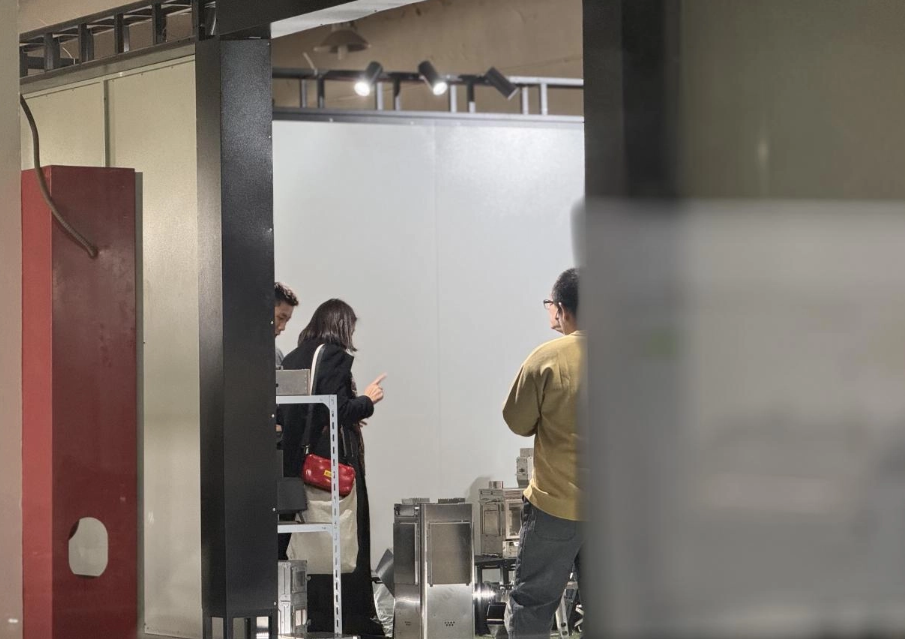
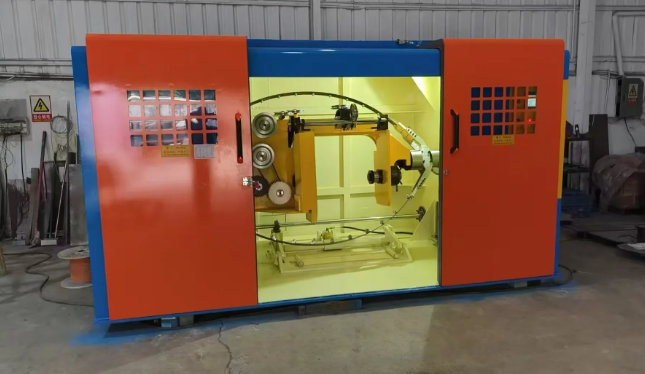
More Stories
Why Ground Strengthening Is Critical for Residential and Commercial Buildings
玻璃防曬隔熱紙在香港家居與建築中的多重價值——以 XPEL VISION隔熱膜為例
Advanced Mortar Intelligent Packaging Line for Dry Mix Mortar, Ready-Mixed Mortar, Putty Powder & Gypsum